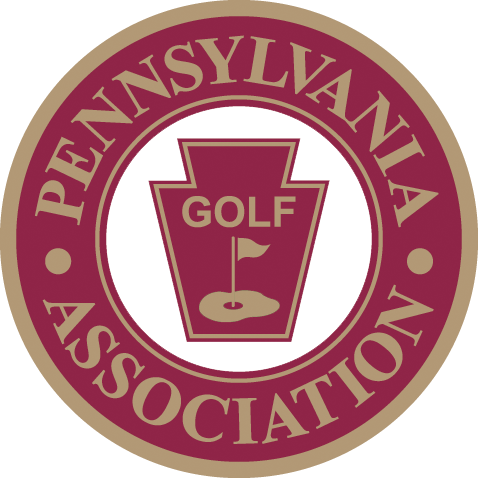Doylestown Country Club
| Doylestown Country Club 20 Country Club Lane Doylestown, PA 18901 info@doylestowncountryclub.com www.doylestowncountryclub.com Architect: William Flynn | |||||||||||||||||||||||||||||||||||||||||||||||||||||||||||||||||||||||||||||||
| |||||||||||||||||||||||||||||||||||||||||||||||||||||||||||||||||||||||||||||||
| Golf Professional | Patrick W Shine | (215) 345-8996 |
| General Manager | Joe A Mendez, CCM | (610) 793-1660 |
| Superintendent | Greg Marsala | (215) 348-2112 x118 |
Course Slope & Ratings
| Doylestown Country Club Tees | Front 9 | Back 9 | Course | ||||||
|---|---|---|---|---|---|---|---|---|---|
| Rating | Slope | Rating | Slope | Yards | Rating | Slope | Par | ||
| Forward/Red | Male | 33.3 | 125 | 33.5 | 130 | 5395 | 66.8 | 128 | 72 |
| Blue | Male | 33.7 | 128 | 33.8 | 132 | 5650 | 67.5 | 130 | 72 |
| Green | Male | 35.2 | 132 | 35.5 | 138 | 6245 | 70.7 | 135 | 72 |
| Black | Male | 35.9 | 136 | 36.1 | 141 | 6554 | 72 | 139 | 72 |
| Forward/Red | Female | 35.7 | 126 | 36.1 | 131 | 5395 | 71.8 | 129 | 72 |
| Blue | Female | 36.5 | 129 | 36.7 | 133 | 5650 | 73.2 | 131 | 72 |
Directions
Club History
Though Doylestown Country Club was not founded until 1916, golf was played here 20 years earlier, on the grounds where the Bucks County Historical Society is now located. The 1896 layout was rudimentary—four holes with "browns" instead of greens. The putting surfaces were plain old Bucks County dirt. In those days, whenever the circus came to town the tents were put up on the four-hole course. And when the tents came down, the course was inevitably a little the worse for wear, with the indentations left by the three rings on the turf serving as hazards to be played from as though they were bunkers.
There was no clubhouse in 1896, but one of the grand old trees would do. For it was not unusual to serve tea and "pass the bottle" in the shade of a big red oak. Operating in much the same fashion was the "Apple Tree Gang," as the early members of America’s first golf club, St. Andrews, in Yonkers, were called. In 1892 they used an apple tree as a combination locker room (in its branches the members hung their coats, their lunch bags, and their scotch whisky) and nineteenth hole. The first Doylestown golfers were in good company.
The formal organization of the Doylestown Country Club took place in 1916. The founders were J. Caroll Molloy, Sr., William R. Mercer, Dr. Frank B. Swartzlander, Dr. Joseph Swartzlander, and Dr. Felix X. Murphy. Among the game’s appeals must have been healthful exercise
The five men took the opportunity to lease the Rich estate, adjoining the ground of the original four-hole course. It consisted of 71 acres with a meandering stream, a couple of ponds, and a variety of mature hardwoods, including maple and black walnut trees as well as oak. The annual rent of $1,100 included a miller’s stone house—the picturesque nearby grist mill had a millrace running below—which would serve, with later additions, as clubhouse and golf shop.
William Flynn was called in to lay out nine holes. This was at the start of what would become a brilliant career, though Flynn had, of course, already worked as an assistant to Hugh Wilson in the construction of Merion East and West. In the same year that he laid out Doylestown, 1916, Flynn also designed the Country Club of Harrisburg eighteen.

1938 photo of Doylestown’s original clubhouse.
The Doylestown nine was particularly notable for the natural siting of its greens and the well-considered bunkering of them. In the early days, sheep grazed on the fairways and, on those occasions when it was necessary, the grass was cut by horse-drawn mowers. From time to time, members volunteered to weed the greens. On occasion, members even did the cooking and serving of food in the clubhouse.
For 50 years the nine-hole course served the Doylestown membership well. But in 1966 the club would acquire 55 acres and expand the course to 18 holes. Happily, a number of the original holes—today’s 4th, 5th, 6th, 7th, 10th, and 18th—would be retained.
